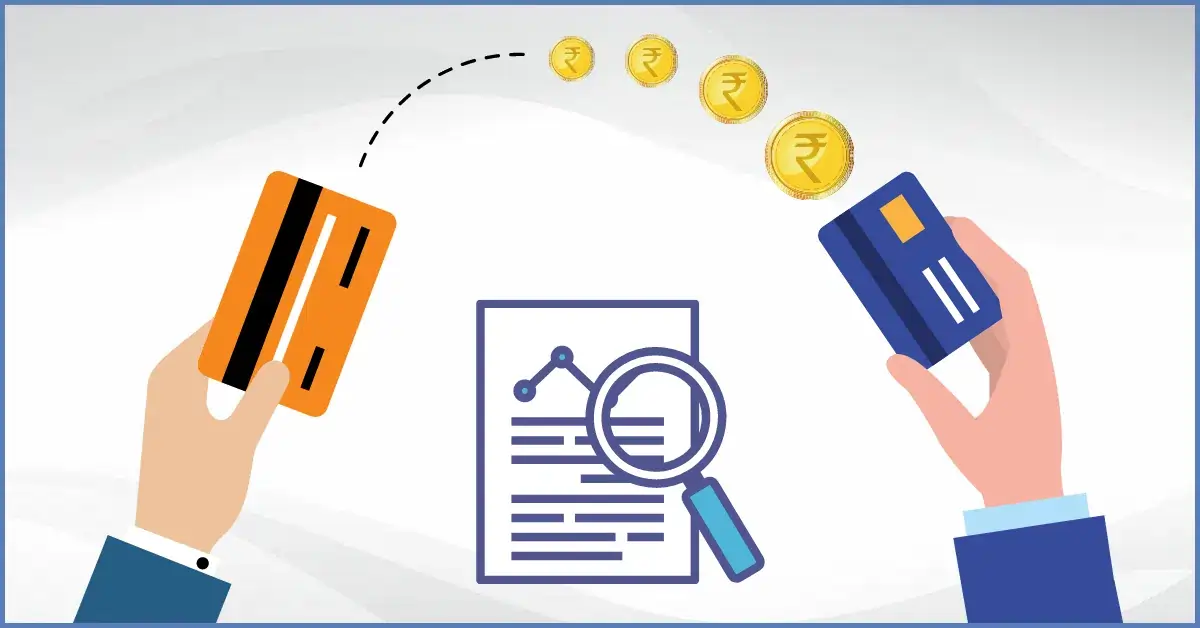
Carrying high-interest credit card debt can feel like an uphill battle—but there’s a smart financial tool that could help you get ahead faster: a balance transfer credit card. If used strategically, a balance transfer card can save you hundreds (even thousands) in interest and help you pay off your debt more efficiently.
In this post, we’ll break down what a balance transfer is, how it works, and how to use one wisely to accelerate your debt repayment journey.
What Is a Balance Transfer Credit Card?
A balance transfer credit card allows you to move high-interest debt from one or more credit cards to a new card with a low—or even 0%—introductory interest rate for a set period (often 6 to 21 months). During that promo period, you won’t pay interest on the transferred balance, giving you a window to aggressively tackle the debt without it growing.
How It Helps You Pay Off Debt Faster
- Interest Savings
The biggest benefit is saving on interest. If you’re currently paying 20%+ APR on your credit card, a 0% balance transfer can allow every dollar you pay to go directly toward the principal—not interest. - Faster Debt Reduction
Without the added burden of monthly interest charges, you can make more progress on paying down your actual balance. That means faster results and less total debt over time. - Debt Consolidation
You can transfer balances from multiple cards onto one, simplifying payments and making it easier to stay organized.
How to Use a Balance Transfer Card Effectively
✔️ 1. Choose the Right Card
Look for a card with:
- A long 0% intro APR period (12–21 months)
- A low or no balance transfer fee (usually 3%–5%)
- No annual fee if possible
✔️ 2. Know the Terms
Understand the intro period expiration, transfer fees, and the regular APR once the promo ends. Late payments can also cancel your intro rate—so stay on top of your due dates!
✔️ 3. Create a Payoff Plan
Divide your total balance by the number of months in your 0% period to determine what you need to pay monthly to eliminate the debt before interest kicks in.
✔️ 4. Avoid New Charges
Don’t rack up new debt on your old or new cards while paying off the transferred balance. Stay focused on your goal.
✔️ 5. Track Your Progress
Set monthly reminders and check your statements to ensure you’re staying on track. Celebrate milestones to stay motivated!
Potential Pitfalls to Avoid
🚫 Transferring more than you can pay off in the intro period
🚫 Making late payments
🚫 Using the card for new purchases
🚫 Not reading the fine print
Final Thoughts
A balance transfer credit card can be a powerful debt repayment strategy—when used correctly. It gives you the breathing room to knock out debt faster, with less interest and more control. But remember: this is a tool, not a solution by itself. Combine it with discipline, budgeting, and a solid payoff plan for the best results.
Ready to explore if a balance transfer card is right for you? Or need help choosing one that fits your situation?
📲 Contact us at JDP Credit Solutions—we’ll guide you through the process and help you create a custom debt repayment strategy that works for YOU.
